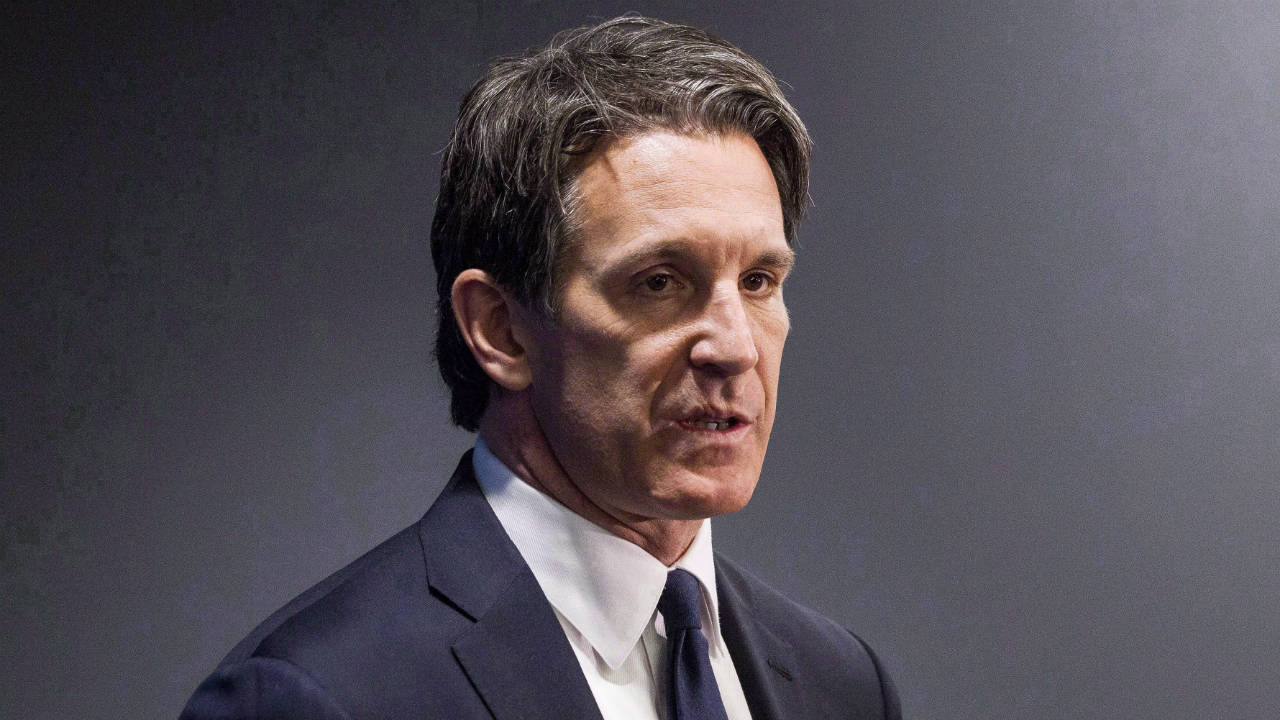A week after Sidney Crosby sustained the fourth concussion of his NHL career via a cross-check from Matt Niskanen, the Pittsburgh Penguins captain suffered another hit to the head.
In Game 6 Monday night, Crosby crashed hard into the end-boards and slowly got up to return to the bench. The play left many questioning why he wasn’t pulled for concussion protocol.
[snippet id=3317575]
NHL deputy commissioner Bill Daly explained to USA Today’s Kevin Allen why Crosby was allowed to remain in the game:
“Depending on the mechanism of injury, ‘slow to get up’ does not trigger mandatory removal. The protocol has to be interpreted literally to mandate a removal. ‘Ice’ as compared to ‘boards’ is in there for a reason. It’s the result of a study on our actual experiences over a number of years. ‘Ice’ has been found to be a predictor of concussions — ‘boards’ has not been.”
Prior to the start of the 2016-17 season, the NHL instituted a new concussion protocol, as first reported by Elliotte Friedman. The new policy allowed independent “Central League Spotters” monitoring a game via television from the league’s Player Safety Room in New York to order a player be removed from a game if he showed “visible signs” of a concussion.
Following Game 6, Penguins coach Mike Sullivan and Crosby contradicted each another when asked if the captain went through protocol.
Sullivan simply said, “no.”
Crosby said, “Yep. Yeah. Pretty standard.”
The Penguins and Capitals will meet in Game 7 Wednesday night.
[relatedlinks]









